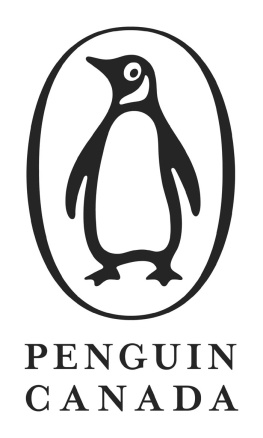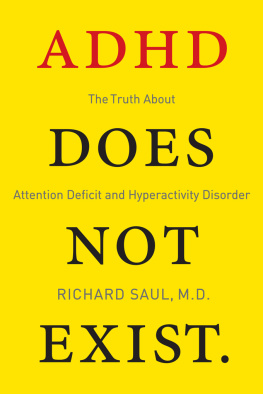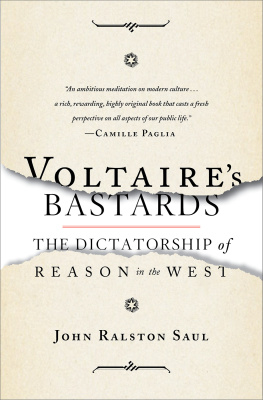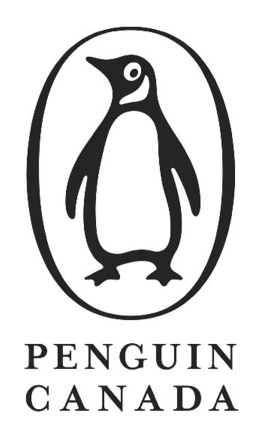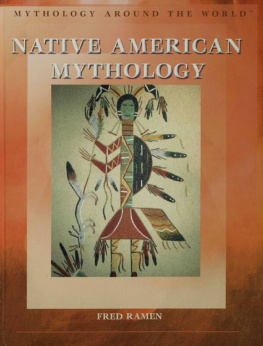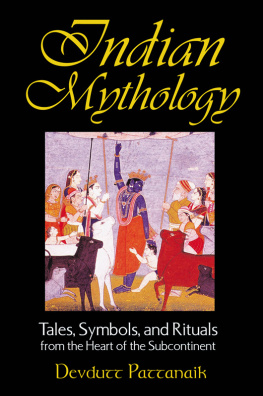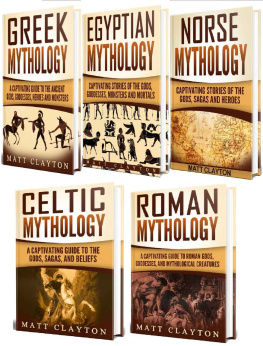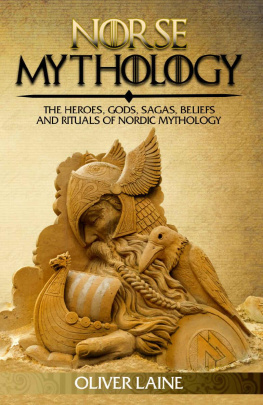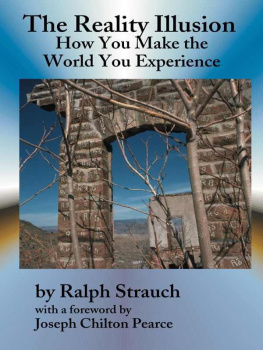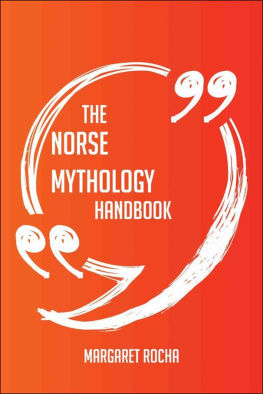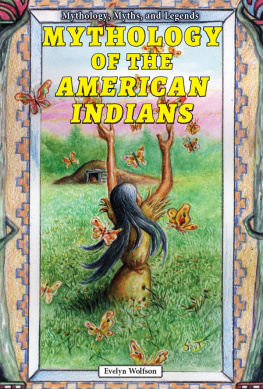
Also by John Ralston Saul
NOVELS
The Birds of Prey
Baraka or The Lives, Fortunes,and Sacred Honor of Anthony Smith
The Next Best Thing
The Paradise Eater
ESSAYS
Voltaires Bastards
The Doubters Companion
The Unconscious Civilization
John Ralston Saul

REFLECTIONS OF A SIAMESE TWIN
CANADA AT THE END OF THE TWENTIETH CENTURY

VIKING
Published by the Penguin Group
Penguin Books Canada Ltd, 10 Alcorn Avenue, Toronto, Ontario, Canada M4V 3B2
Penguin Books Ltd, 27 Wrights Lane, London W8 5TZ, England
Viking Penguin, a division of Penguin Books USA Inc., 375 Hudson Street, New York, New York 10014, U.S.A.
Penguin Books Australia Ltd, Ringwood, Victoria, Australia
Penguin Books (NZ) Ltd, cnr Rosedale and Airborne Roads, Albany, Auckland 1310, New Zealand
Penguin Books Ltd, Registered Offices: Harmondsworth, Middlesex, England
First published 1997
10 9 8 7 6 5 4 3 2 1
Copyright John Ralston Saul, 1997
All rights reserved. Without limiting the rights under copyright reserved above, no part of this publication may be reproduced, stored in or introduced into a retrieval system, or transmitted in any form or by any means (electronic, mechanical, photocopying, recording or otherwise), without the prior written permission of both the copyright owner and the above publisher of this book.
Printed in the United States on acid free paper 
CANADIAN CATALOGUING IN PUBLICATION DATA
Saul, John Ralston, 1947
Reflections of a Siamese twin
ISBN 0-670-87099-4
1. Canada. I. Title
FC60.S38 1997 971 C96-930115-4
F1008.3.S38 1997
Visit Penguin Canadas web site at www.penguin.ca
Tothe memory of my brother Anthony
Ce fut un Vaisseau dor, dont les flancs diaphanes
Rvlaient des trsors que les marins profanes,
Dgot, Haine et Nvrose, entre eux ont disputs.
mile Nelligan, Le Vaisseau dor
An exposed ice surface often displays a dull, undifferentiated faade. The intricate crystalline structure can be revealed, however, by pouring a warm liquid over the ice.
Thomas Wharton, Icefields
Contents
Reflections of a Siamese Twin
PART I

MYTHOLOGY
Comme si les grands principes se
rattachaient nos plus intimes dsirs.
Franois Charron, La vie na pas de sens
Victims of Mythology
CANADA, LIKE OTHER NATION - STATES , suffers from a contradiction between its public mythologies and its reality. Perhaps we suffer more than most. Perhaps the explanation is that, while all countries are complex, the central characteristic of the Canadian state is its complexity.
Mythology often turns into a denial of complexity. That can become its purpose.
On a good day it can provide relief from the endlessly contradictory burdens of reality. Mythology thus helps citizens to summon up enough energy to consider the public goodthe good of the whole. And that simple act of considerationof doubtingis an affirmation of their self-confidence as citizens. That self-confidence allows us to question how the public good might be served. In place of fear, and the certitude fear demands, we are able to question and to think.
On a bad day, mythology encourages the denial of reality. As if in a bank of fog, we stumble into illusion, which in turn produces an impression of relief or rather a state of delusion. In that atmosphere a rising undercurrent of fear creates that self-demeaning need for certitude. Absolute answers and ideologies prosper. These are asserted to be natural and inevitable. In this way mythology becomes not so much false as mystification.
And so it suddenly is rumoured or promised that prosperity is around the corner, the quarrelling will end, la fin des chicanes, inflation will be strangled along with unemployment, debts will be outlawed, duplication and overlap evaporate, efficiency reign, outsiders disappear. In such an atmosphere of certitudes the citizen feels defenceless against the forces of superstition and the manipulation of false prophets.
Whatever their region or language or background, Canadians have no particular desire for mythologies gone wrong. Anglophones, francophones, Natives, Westerners, Maritimers, Northerners, new immigrants, whatevernone of us are more susceptible than the others to delusionary mythologies. And yet, our increasing inability to deal with our own reality suggests that we have somehow become the victims of mythology.
Mythologies gone wrong tend to turn on Heroics and victimization. Sometimes the Hero is also a victim. A martyr on behalf of a group. Sometimes this status of the Heroic victim is assumed by the whole collective. Suddenly we are dealing with or acting as if we are an Heroic, victimized people or region. All of this we have seen in the West, in Quebec, in Ontario.
The very act of brandishing slogans and flags, when done in the name of heroics or victimization, necessitates the identification of villains. Usually, in this careful society, those who require a villain also deny their need. And yet the concept is there, often in a codea word or a phrase which believers understand to identify the enemy, unnameable because they are a race or a language group or believers in another religion.
This victim psychology has melted its way ever further into Canadian society. Scarcely a discussion goes on, between linguistic groups or regions or even within cities and towns, which is not a struggle between competing myths of victimization.
There is one other facet of public mythology. It involves specific qualities which are asserted or assumed. Often these are just good funharmless clichs. One group claims that it produces the best lovers, another appropriates the qualities of niceness or warmth or looks or food or courage or common sense or honesty. One claims the talent for making money. Another cares about others.
Why not? If it makes an individual or a group feel better about themselves and also fills the trough of social banter and self-congratulation, which we all seem to need, why not? There is nothing wrong with a bit of innocent comic relief. We know that, as the mythology of these specific qualities is approached, so it mysteriously recedes without damaging our convictions. However, if these appropriations of qualities are taken seriously, they quickly slip into assumptions about race or about loyalty versus betrayal or indeed salvation versus damnation. The asserted qualities of one become the unacceptable flaws of the other.
Like other western nations, we went down that road in the latter part of the last century and we have spent much of the twentieth century trying to rid ourselves of the resulting tics.
With hearts as brave as theirs,
With hopes as strong and high,
Well neer disgrace
The honoured race
Whose deeds can never die.
This nineteenth-century Song for Canadaan apparently Anglo-Saxon Canadaisnt very different from the historian Franois-Xavier Garneaus that which characterizes the French race above all others is this hidden force of cohesion and resistance, which guarantees national unity.
Next page
